
"How I, a non-developer, read the tutorial you, a developer, wrote for me, a beginner" by Annie Mueller 😅 😂 😭
anniemueller.com/posts/how-i-...
@rbcavanaugh.bsky.social
Assistant Professor in quantitative methods @mghinstitute, speech-language pathologist by training. Enthusiastic about quantitative methods in rehabilitation research and health services research for aphasia. 🥾🏔️🦮🍕

"How I, a non-developer, read the tutorial you, a developer, wrote for me, a beginner" by Annie Mueller 😅 😂 😭
anniemueller.com/posts/how-i-...
So I should just ask students to explain each meme for their stats midterm right?
17.09.2025 15:05 — 👍 2 🔁 0 💬 1 📌 0
Join us Monday, September 15th from 4:00 pm to 5:00 pm ET for a talk by Simona Mancini, Ikerbasque Research Associate Professor / Neurolinguistics and Aphasia group leader at the Basque Center on Cognition Brain and Language.
Register now at https://bit.ly/45LjrF1
fantastic! Straight into the reading list for graduate stats. One thing that might be useful is a conceptual paragraph about how statistical power/sample size estimation changes. I can imagine (enthusiastic) students stuck on how to adjust what they know about study planning.
26.08.2025 14:07 — 👍 2 🔁 0 💬 0 📌 0
Models as Prediction Machines: How to Convert Confusing Coefficients into Clear Quantities Abstract Psychological researchers usually make sense of regression models by interpreting coefficient estimates directly. This works well enough for simple linear models, but is more challenging for more complex models with, for example, categorical variables, interactions, non-linearities, and hierarchical structures. Here, we introduce an alternative approach to making sense of statistical models. The central idea is to abstract away from the mechanics of estimation, and to treat models as “counterfactual prediction machines,” which are subsequently queried to estimate quantities and conduct tests that matter substantively. This workflow is model-agnostic; it can be applied in a consistent fashion to draw causal or descriptive inference from a wide range of models. We illustrate how to implement this workflow with the marginaleffects package, which supports over 100 different classes of models in R and Python, and present two worked examples. These examples show how the workflow can be applied across designs (e.g., observational study, randomized experiment) to answer different research questions (e.g., associations, causal effects, effect heterogeneity) while facing various challenges (e.g., controlling for confounders in a flexible manner, modelling ordinal outcomes, and interpreting non-linear models).

Figure illustrating model predictions. On the X-axis the predictor, annual gross income in Euro. On the Y-axis the outcome, predicted life satisfaction. A solid line marks the curve of predictions on which individual data points are marked as model-implied outcomes at incomes of interest. Comparing two such predictions gives us a comparison. We can also fit a tangent to the line of predictions, which illustrates the slope at any given point of the curve.

A figure illustrating various ways to include age as a predictor in a model. On the x-axis age (predictor), on the y-axis the outcome (model-implied importance of friends, including confidence intervals). Illustrated are 1. age as a categorical predictor, resultings in the predictions bouncing around a lot with wide confidence intervals 2. age as a linear predictor, which forces a straight line through the data points that has a very tight confidence band and 3. age splines, which lies somewhere in between as it smoothly follows the data but has more uncertainty than the straight line.
Ever stared at a table of regression coefficients & wondered what you're doing with your life?
Very excited to share this gentle introduction to another way of making sense of statistical models (w @vincentab.bsky.social)
Preprint: doi.org/10.31234/osf...
Website: j-rohrer.github.io/marginal-psy...
Oooh and what does the AI boilerplate section look like?
23.08.2025 19:22 — 👍 0 🔁 0 💬 1 📌 0This is such a thorough study - what a great example of quality science putting an existing paradigm up to a rigorous test. A-priori power analysis. Preregistered. Open data and code. You can tell the authors made sure to anticipate every “but what if…” response to the null evidence.
19.08.2025 18:20 — 👍 3 🔁 0 💬 1 📌 0Sounds a little viffy
18.08.2025 23:11 — 👍 1 🔁 0 💬 0 📌 0
This is awesome! In a weird coincidence I created something similar a few weeks (github.com/rbcavanaugh/..., mostly with Claude because I’m course prepping 2.5 courses and have enough to do already). I’m glad someone has created something with a bit more intention.
18.08.2025 21:29 — 👍 6 🔁 1 💬 1 📌 0And where might be put multicolinearity on this figure? 🛋️🍿
18.08.2025 21:05 — 👍 0 🔁 0 💬 2 📌 0This is fantastic!
There is something funky - I get the error “could not find function is_null()”. Looks like it’s an rlang export?
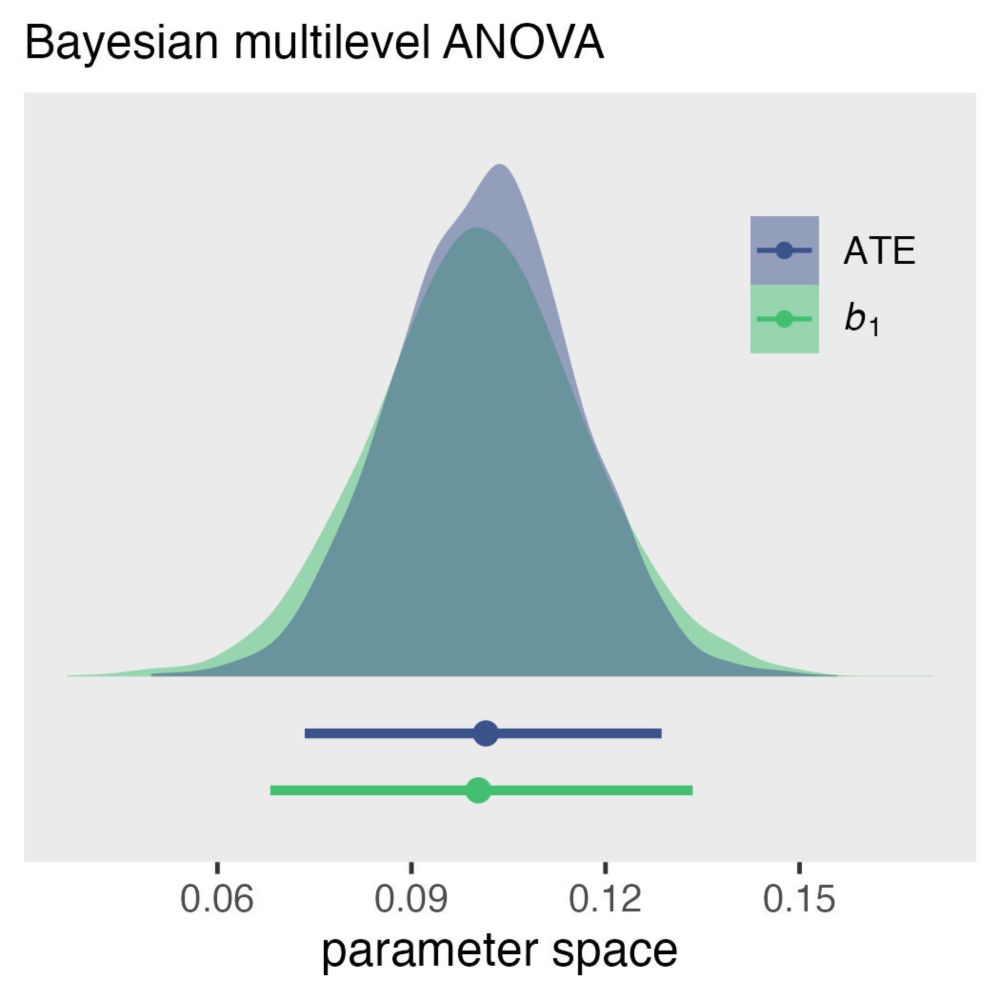
New #rstats blog up!
solomonkurz.netlify.app/blog/2025-07...
This is the first in a new series discussing causal inference with experimental data using multilevel models. My basic case is g-computation is the way to go.

How can we reform science? I have some ideas. But I am not sure you’ll like them, because they don’t promise much. elevanth.org/blog/2025/07...
09.07.2025 13:40 — 👍 276 🔁 132 💬 16 📌 44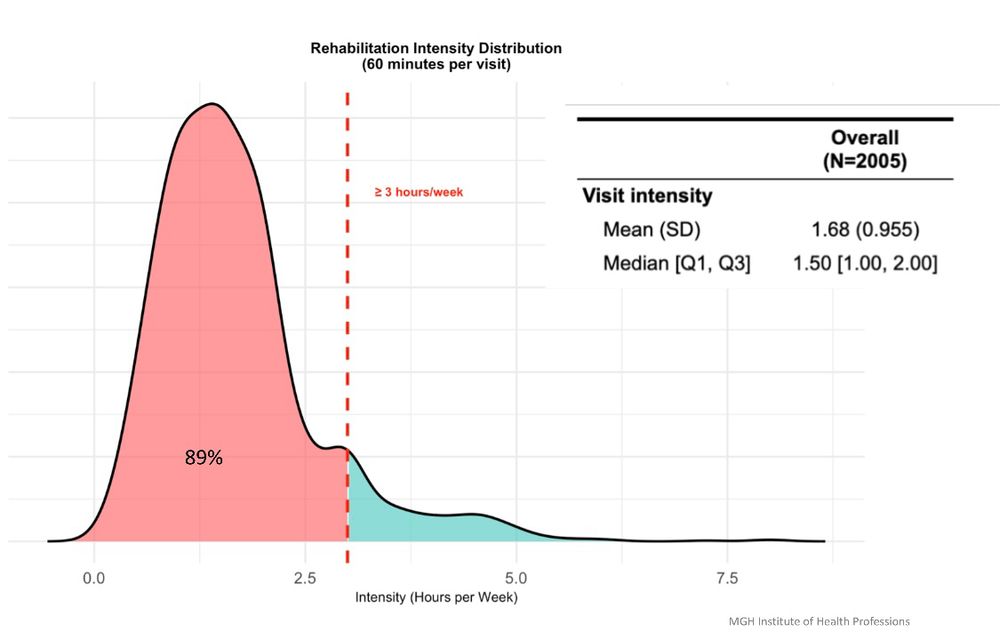
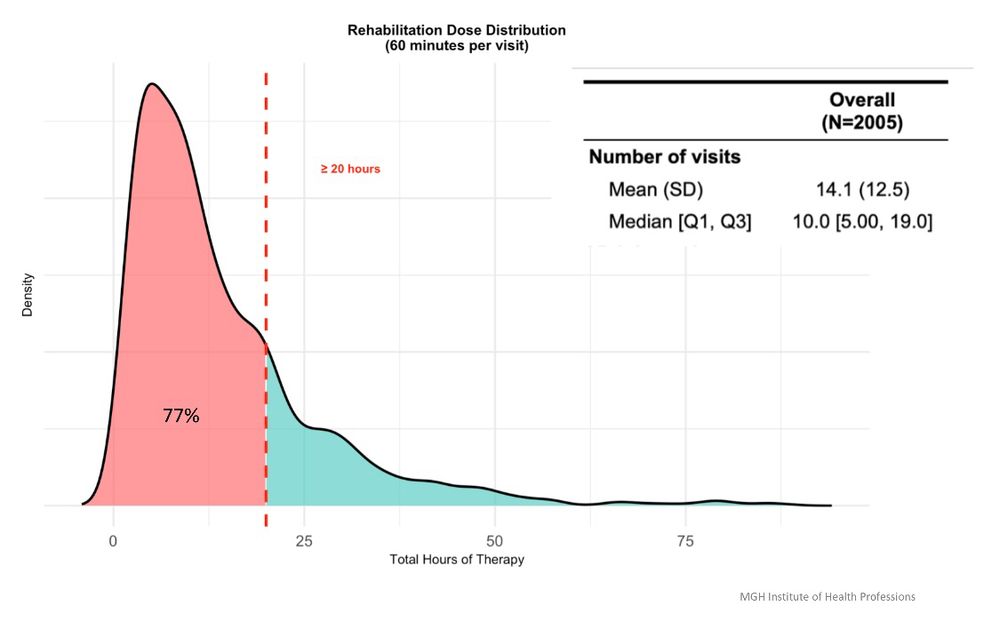
So grateful for this amazing work! Very timely presenting on guideline adherence at CAC weeks ago. Here’s guideline adherence to 2 of your guidelines in US community based care (Red=not adherent). Many assumptions but I suspect a reasonable approximation.
13.06.2025 03:46 — 👍 2 🔁 0 💬 0 📌 0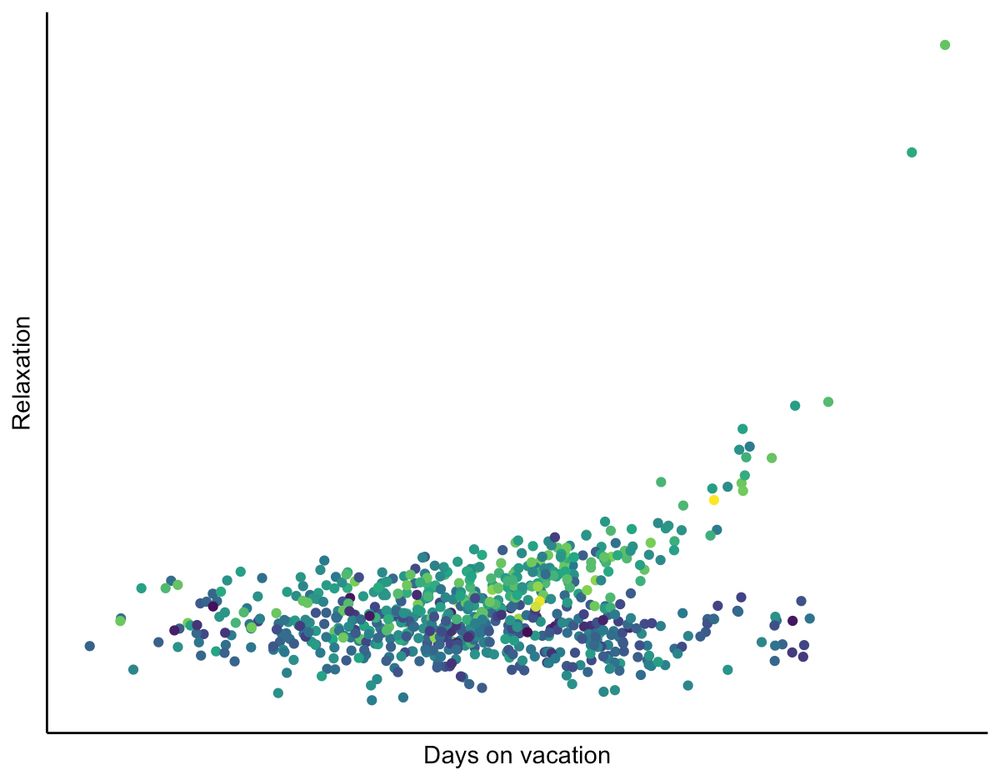
a scatterplot showing that folks with kids who spend enough days on vacation achieve unheard of levels of relaxation.
(for the record, love the latter scenario where if you spend long enough on vacation, and you have kids, you might enter a sort of relaxation enlightenment)
12.05.2025 02:11 — 👍 5 🔁 0 💬 1 📌 0gets messy where
relaxation = ifelse(relaxation < median(relaxation), 0, 1) ?
or something like:
exp((1 - kids)*1*vacation) ?
(amazing by the way...I think I might need to go re-run some old models)
I love this take but I’m skeptical this is a pervasive view (at least in my subfield). curriculum, practice, and reviewers all take a lot of take time to change behavior
06.05.2025 13:33 — 👍 2 🔁 0 💬 0 📌 0Yes! Modelbased and parameters are part of my standard workflow. So simple to put the formatted output in a flextable —> word doc or reference output using inline syntax to automate results sections. Saves me loads of time and reduces manual errors.
06.05.2025 12:07 — 👍 3 🔁 0 💬 0 📌 0Wow I had no idea. Thanks!!
06.05.2025 11:52 — 👍 2 🔁 0 💬 0 📌 0Ah I remember that post! Yes I think perhaps something like reducing contrasts to treatment and effects coding, noting others exist, and moving on to marginal effects might be a good compromise.
06.05.2025 11:52 — 👍 1 🔁 0 💬 0 📌 0Essentially, most of this: debruine.github.io/faux/article...
06.05.2025 11:27 — 👍 1 🔁 0 💬 4 📌 0Sooo I should just swap out my lectures on contrasts for marginal effects right??
06.05.2025 11:14 — 👍 4 🔁 0 💬 1 📌 0I think Ellyn Riley is/was recently looking for a post doc
10.04.2025 17:48 — 👍 1 🔁 0 💬 0 📌 0
Had a great time sharing about our test-retest, #multimodal #communication #aphasia & peer dataset at the University of Technology Sydney Graduate School of Health seminar series today. Join AphasiaBank (totally free) and get full access to our data! aphasia.talkbank.org/access/Engli...
08.04.2025 10:42 — 👍 8 🔁 4 💬 0 📌 0
Funding curves for K and F mechanisms
(Warning: the new F mechanism "curve" is a lot)
Hey #rstats friends. I’m looking for examples of papers or posts that do a really really good job unpacking/writing about/explaining statistical results. Not just technically correct but also clear. Bonus points for using marginal effects. What’s your go to exemplar for students new to research?
26.03.2025 12:58 — 👍 6 🔁 3 💬 2 📌 0Amazing thanks!
23.03.2025 16:42 — 👍 1 🔁 0 💬 0 📌 0I’ve made this point but rarely do revisions address the issue. Usually authors back off causal phrasing (“we’re just looking at associations so this doesn’t apply”). Or the authors aren’t familiar with causal inference ideas and it’s not a helpful reference. How do you usually frame your comment?
23.03.2025 12:54 — 👍 3 🔁 0 💬 1 📌 0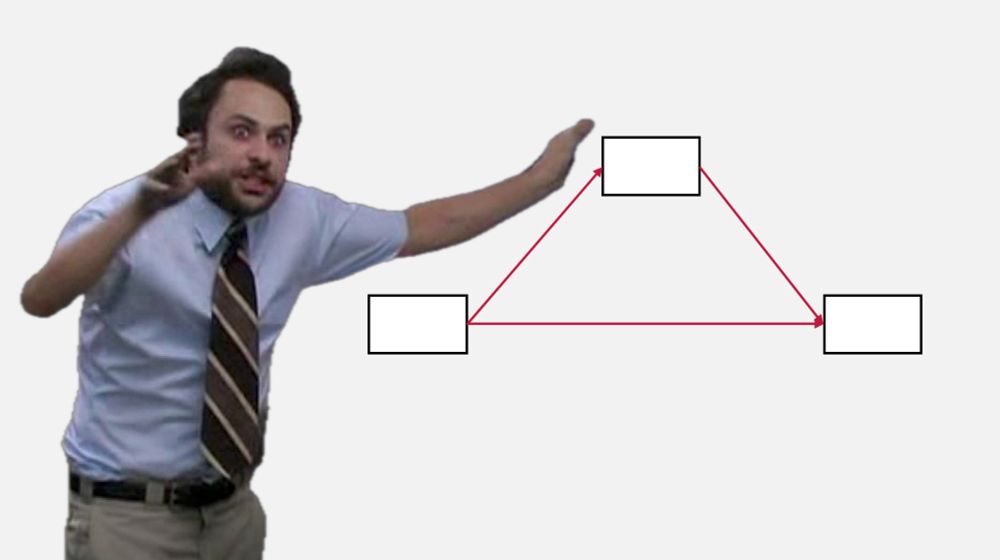
New blog post! In which I explain the issue with mediation analysis and sketch out one way to deal with the underlying causal inference problem -- in just a bit over 1,000 words!
If you have never found the time to read up on this, now is your chance.
www.the100.ci/2025/03/20/r...
Cool! Were you just playing choose your own adventure everyday via dice roll?
07.03.2025 23:40 — 👍 1 🔁 0 💬 1 📌 0